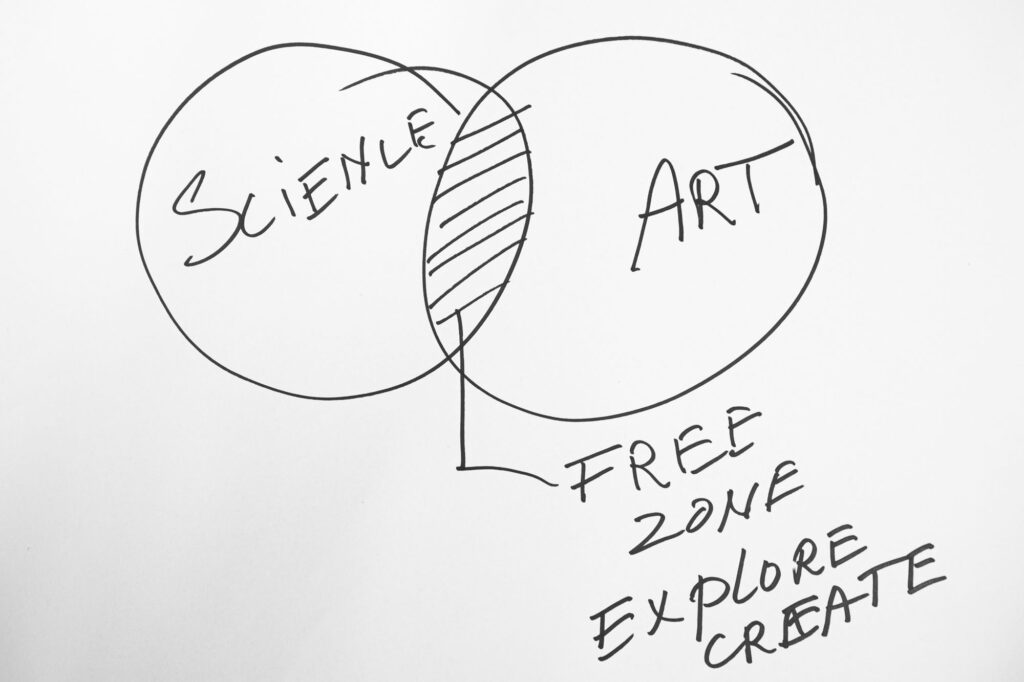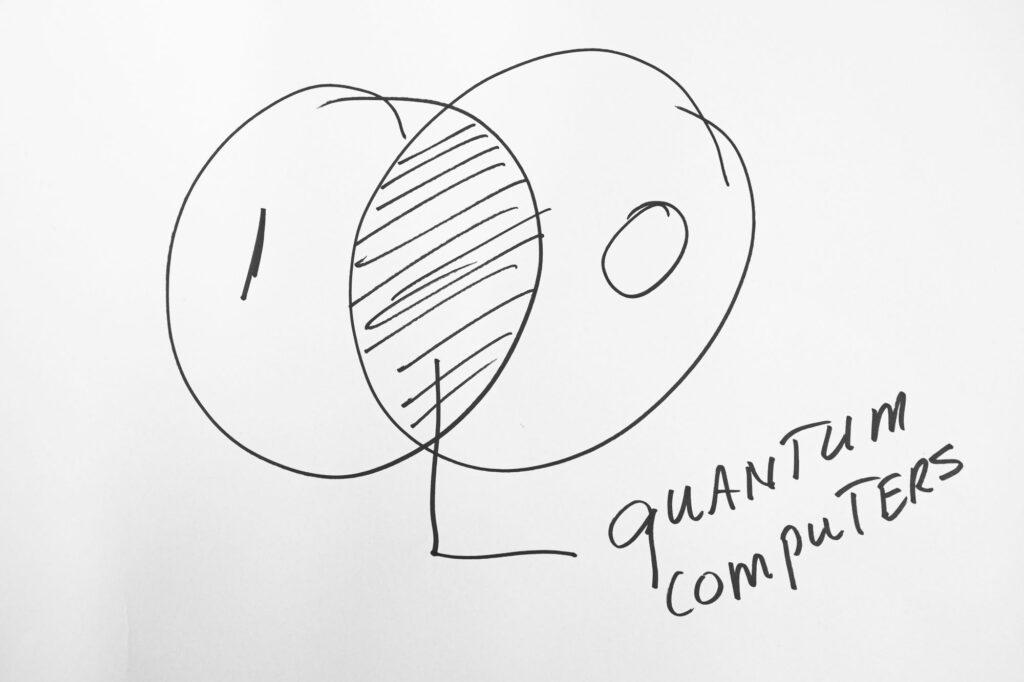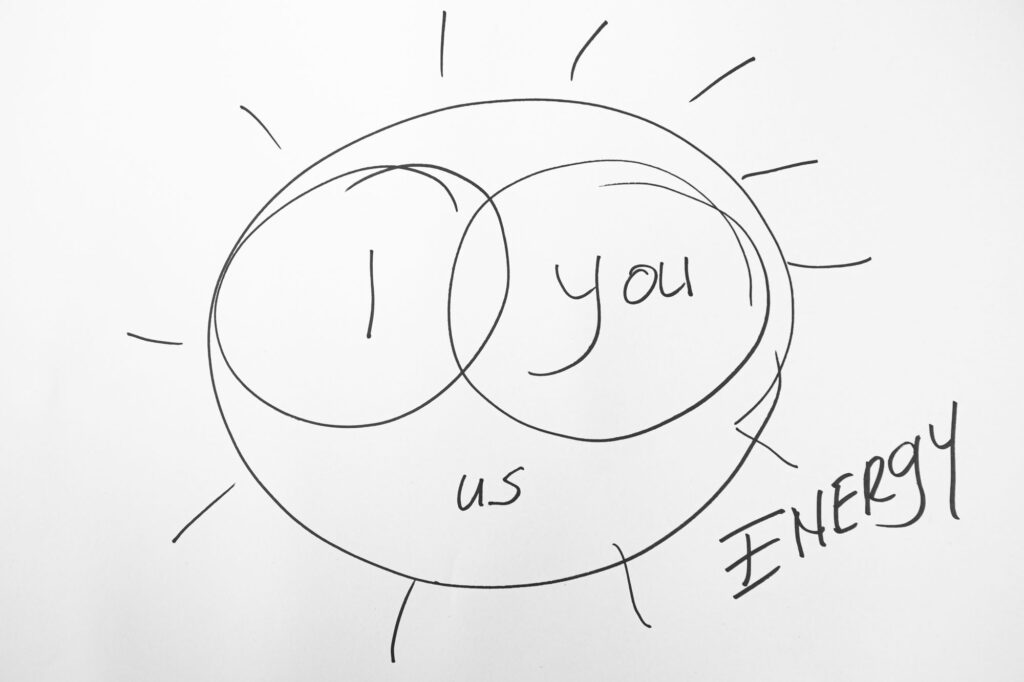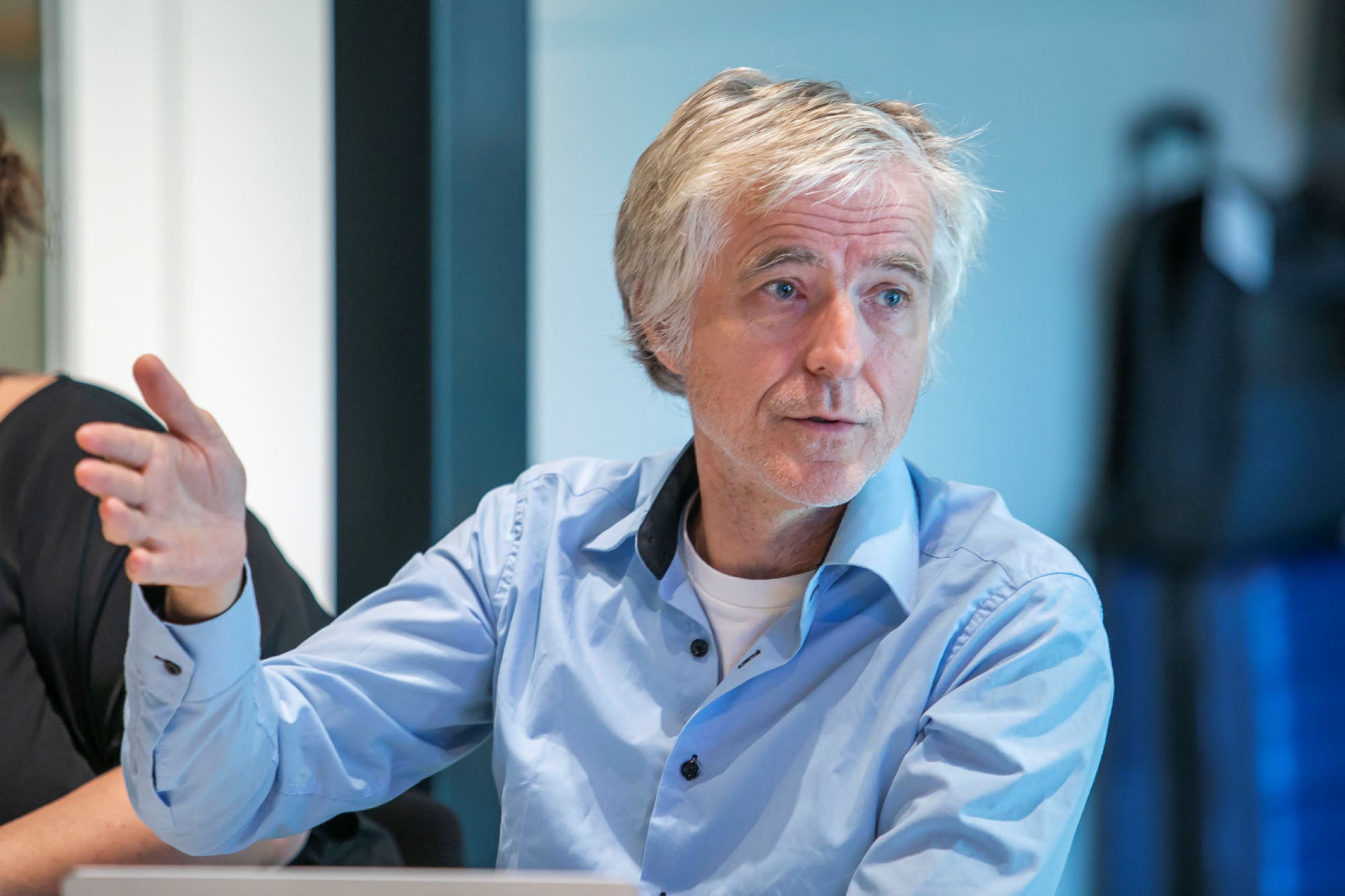Since the Corona pandemic, performing arts companies, artists, and students have faced a significant challenge: there was no stage to perform on and no audience to attend. This situation raised several questions: Where is the future audience for performances? And where future stages can be found?
Erik Lint, the head of IDLab at the Academy of Theater and Dance in Amsterdam, explains in simple terms and schemes the role science plays when it intersects with art and the consequences this has for the performing arts sector.

Scheme 1. There are two overlapping circles, with science on one side and art on the other, which overlap.
Science🔁art → free zone of exploration and creation.
This is a strange encounter because artists tend to think about the most valuable things like the body, the source of inspiration, ideas etc. And science is a kind of logic (technologic). Science often wants to put things into computers.
The students today should be taught to work with technologies due to stream their performances or to twitch them, to create avatars of themselves.
Also, the scenario of distance learning gaining importance. The new technologies and tools could provide more sensorial experience so that the creators really feel the presence of each other in a joint space.

Scheme 2. 0 or 1 and in an in-between zone – quantum computing.
The question is whether a computer speaks with zero or one.
What technical and artistic partners learned from each other in Premiere is that there is also an in-between zone, a whole universe about possibilities. So, quantum computing has become very important.
According to Erik the speed of communicating between zero and one is a promise for the future.

Scheme 3. Also Erik teach students three circles to overlap each other. “It’s about me, it’s about you, but it’s also about us”.
We are working in an environment in which we need to communicate with each other. It could be one performer or two, but they also have an audience. And some kind of energy.
Describing all this, Erik emphasises that IDLab and other institutions are on the crossborders of art and technology in it to let the body be the initiator, and the technologies will follow.
Watch the full video on the PREMIERE YouTube channel.

